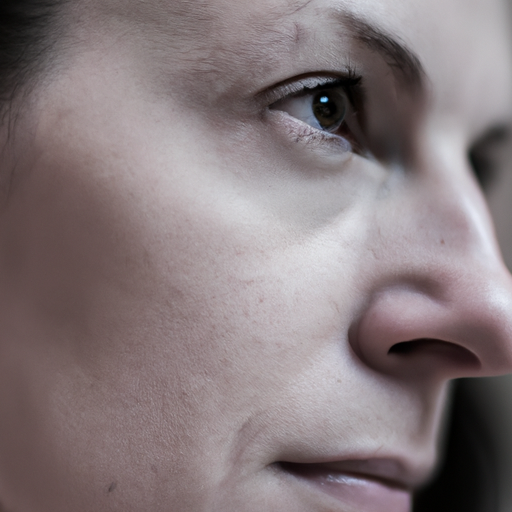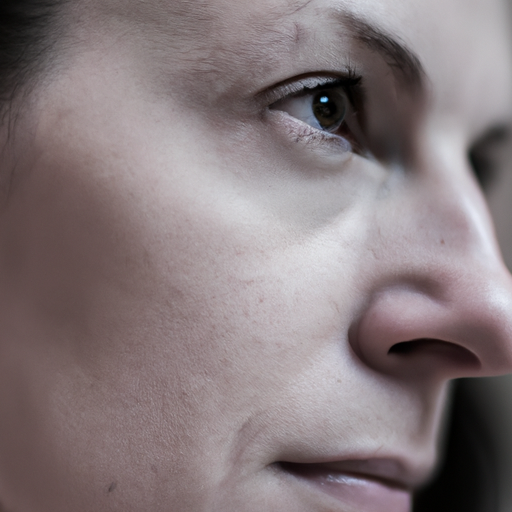Hyperpigmentation, a common and usually harmless condition, is characterized by patches of skin that become darker than the surrounding skin. This darkening is caused by an excess production of melanin, the brown pigment responsible for normal skin color. Hyperpigmentation can affect anyone, regardless of skin type or ethnicity, and can occur on any part of the body.
The most common types of hyperpigmentation include melasma, solar lentigines (also known as sun spots or age spots), and post-inflammatory hyperpigmentation. Melasma is often triggered by hormonal changes, such as pregnancy or birth control pills, and appears as brown or gray-brown patches on the face. Solar lentigines are small, darkened patches that occur on skin frequently exposed to the sun. Post-inflammatory hyperpigmentation occurs following skin injury or inflammation, such as acne.
Diagnosing hyperpigmentation typically involves a thorough physical examination and a detailed medical history. In some cases, a dermatologist may use a Wood’s lamp, a special light that can show the depth of the pigmentation and reveal whether it is dermal (deep) or epidermal (surface). A biopsy may also be performed in rare cases to rule out more serious conditions like melanoma.
Treatment for hyperpigmentation varies depending on its cause, severity, and location. The first line of defense is prevention: using sunscreen with a high SPF, wearing protective clothing, and avoiding peak sunlight hours can all help prevent hyperpigmentation.
Topical treatments are often the first step in managing hyperpigmentation. These include creams, lotions, gels, or serums containing ingredients like hydroquinone, retinoids, azelaic acid, kojic acid, or vitamin C. Hydroquinone is a potent skin lightening agent that inhibits melanin production. Retinoids help to speed up cell turnover and remove the upper layer of pigmented skin. Azelaic acid, kojic acid, and vitamin C are all natural lightening agents that can help to even out skin tone.
For more stubborn cases of hyperpigmentation, dermatologists may recommend procedures such as chemical peels, microdermabrasion, laser therapy, or intense pulsed light (IPL) therapy. Chemical peels and microdermabrasion work by removing the top layer of skin, allowing new, less pigmented skin to surface. Laser therapy and IPL work by targeting the melanin in the skin, breaking it up so it can be naturally removed by the body.
It’s important to note that while these treatments can be effective, they require time and patience. Hyperpigmentation often takes months to improve, and maintaining results requires ongoing care and sun protection.
In conclusion, hyperpigmentation is a common skin condition that can be effectively managed with the right diagnosis and treatment plan. If you’re struggling with hyperpigmentation, consult with a dermatologist who can guide you through the process and help you achieve a more even, radiant complexion. Remember, every skin is unique and what works for one person might not work for another. Therefore, it is crucial to have a personalized treatment plan tailored to your specific needs.




